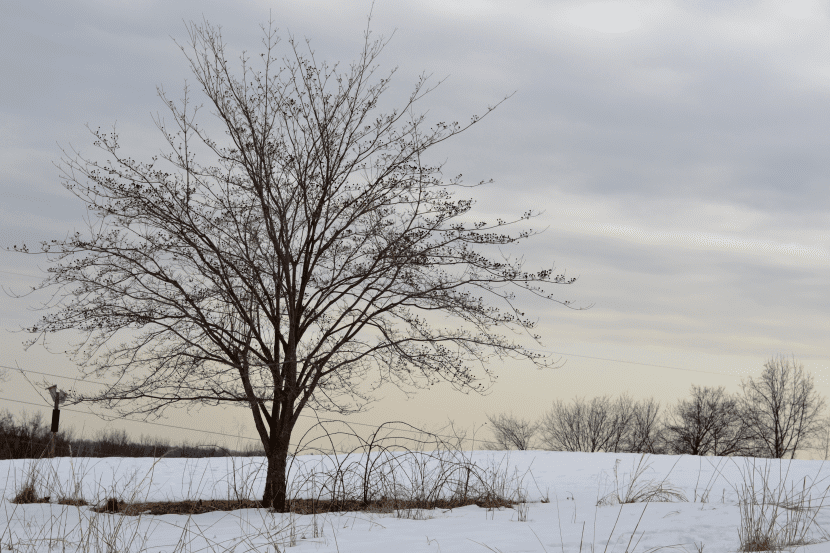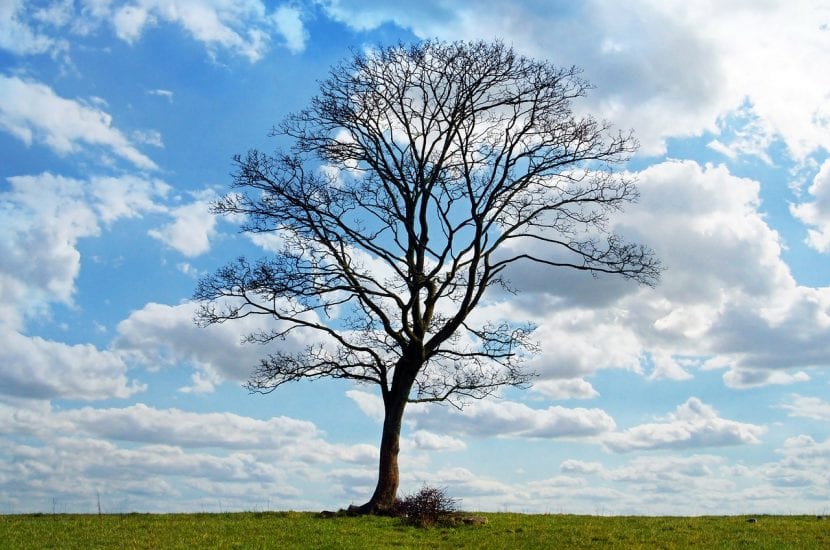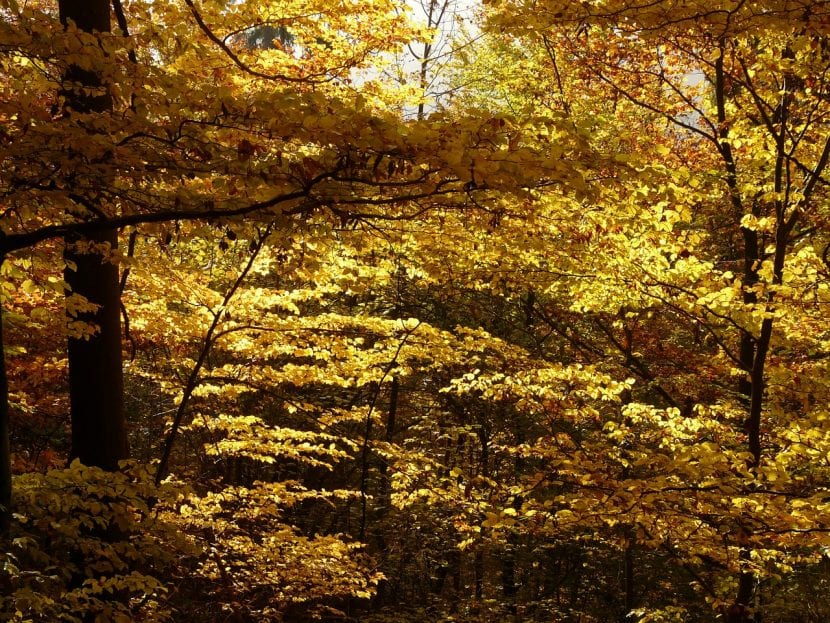
In general, who most who least knows what deciduous plants are, since the term »deciduous» is very present in everyday vocabulary. Now, you may think that these plant beings only lose their leaves in autumn-winter, but ... what if I told you that some tropical species also lose them at some time of the year?
Since this is a very interesting topic, I didn't want to stop talking to you about it. A) Yes you will know more about deciduous plants.
What are deciduous plants?

Plant beings have been evolving for a long time (specifically, since the Cambrian period), adapting more and more and better to the different environmental changes that their habitats are undergoing. Therefore, and taking into account that we do not have the same climate throughout the world, today we can enjoy a great diversity of plants.
These can be classified in many ways, but when we want to design a garden what we want to know above all is what the behavior of its leaves is, or in other words: if they lose all of them at some time of the year (deciduous) or if they on the contrary they drop them little by little (evergreen). The first ones are very interesting, since they may run out of foliage just before the coldest season of the year begins (Acer sp., Fagus sp., Celtis sp., etc.), or on the contrary before the warmer and drier season (For example, him Adansonia digitata or Delonix direction).
Why do its leaves change color?

Fagus sylvatica (Beech) in autumn.
Leaves as we know, are in most cases green, which is that of chlorophyll. This pigment, in addition to giving color, is essential for plants to photosynthesize (that is, to absorb energy from the sun to transform it into energy).
The problem is that in temperate and dry tropical regions there are many species of plants that have chosen to drop them. It may seem like a drastic solution, but it is not a really serious problem: when conditions improve, they will be able to recover some of the nutrients that were used to produce them.
But why do they change color? Well, this is so because when the plants notice (either the drop in temperatures, or the lack of rainfall) stop feeding those leaves. And if they do not receive water, little by little they dry up. Thus, chlorophyll is no longer produced. This is when other pigments (reddish, orange or yellowish) begin to be more and more visible..
This wonderful transformation of leaf color is followed by the fall of the leaves.
What did you think of this topic? If you need examples of deciduous trees, click here 🙂.
Monica, I'm sorry I made a comment again for your article on deciduous trees. I found him poor and misinformed, also buggy regarding fall foliage color changes. I think you should study more ...
Are there features?
Hello, what doubt or doubts do you have? 🙂
In the article we talk about the characteristics of plants that lose all of their leaves at some point in the year.
Greetings.